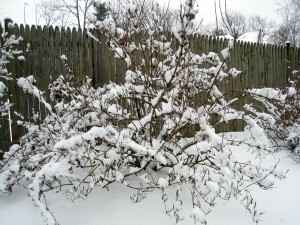Most people assume that mold is associated with moist conditions only, but there is such a thing as snow mold, which is basically fungus that grows underneath the snow. It appears in the early spring as the snow starts to melt away and can affect the foliage that is around the area. There are two types of snow mold: pink mold (Fusarium patch) and gray mold (Typhula bright).
So how exactly does snow mold form, and is there any way to prevent this type of fungus?
Snow mold is caused from snow on the ground that is there for an extended period of time and is not completely frozen. There are certain factors that can make this type of fungus even worse. First, if you didn’t properly rake the leaves out of your yard, snow mold can form underneath these leaves. Second, if you applied fertilizer too late in the fall, it could have caused a surge of growth, which in turn leads to mold from the wetness of the snow.
The good news is that you can protect your yard from fungus under the snow. In short, you want to properly winterize your yard. This includes the following:
– Mow your lawn until it stops growing.
– Rake up the leaves in the fall months.
– Don’t let thatch – natural buildup of stems and roots that occur between the soil and vegetation – grow any more to 2-inches.
– Don’t use high-nitrogen fertilizers during the fall months.
Even if you do all that you can and you still notice gray or pink mold peeking through in the early spring, don’t think that your lawn won’t recover. In fact, in most cases, the damage from snow mold will resolve itself over time. You can speed up the process by raking the area to encourage faster drying times. You can also treat the area like a bare patch and lay down extra seed to stimulate new growth.
Blog sponsored by: Horizon Landscape

